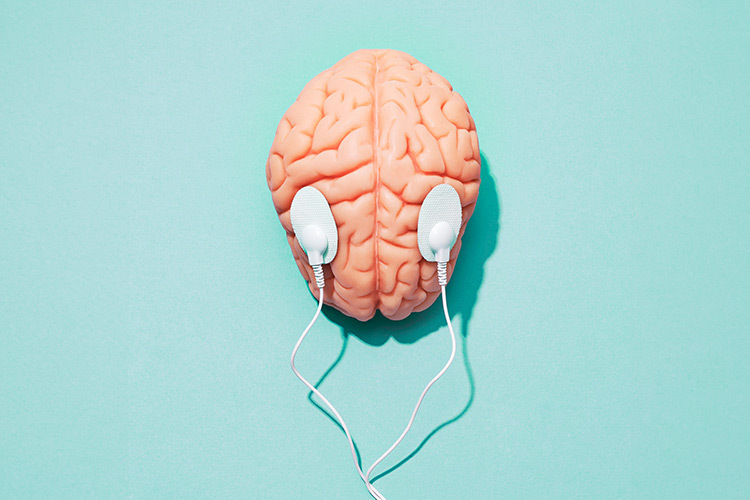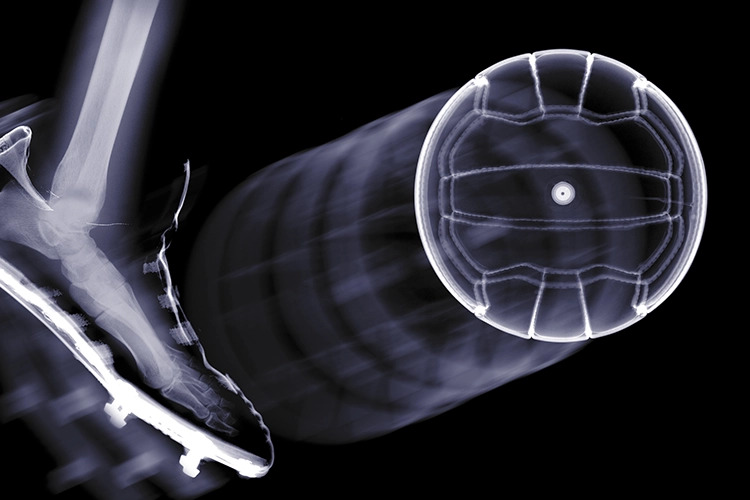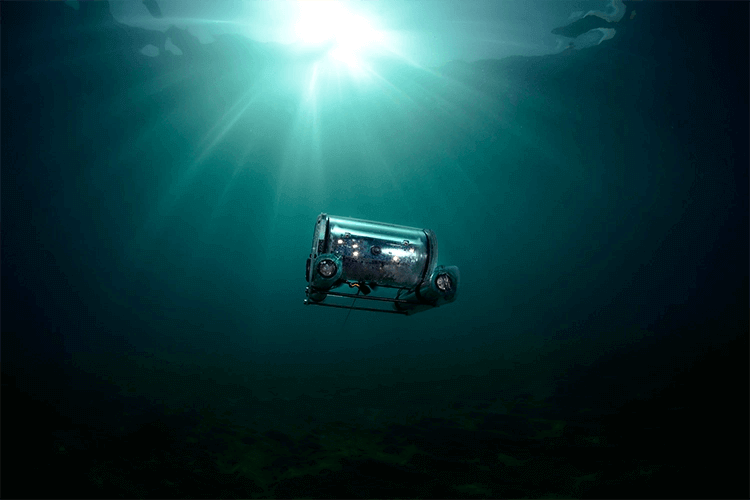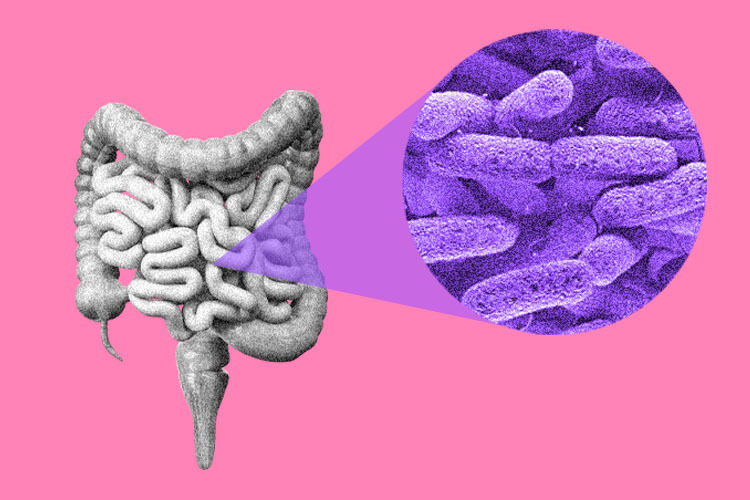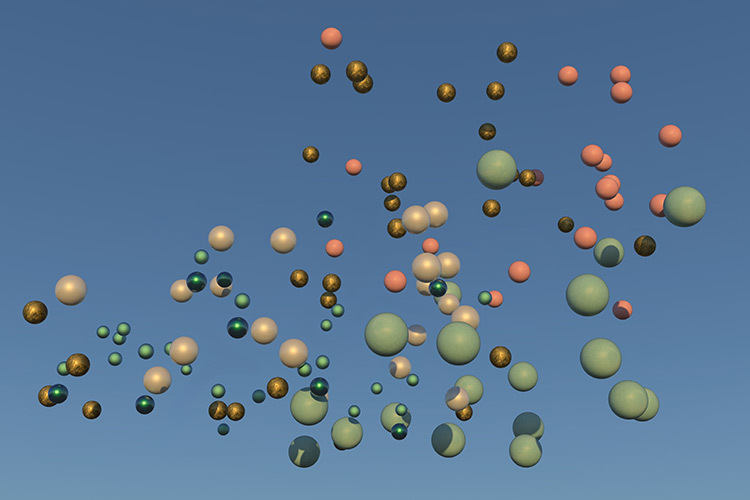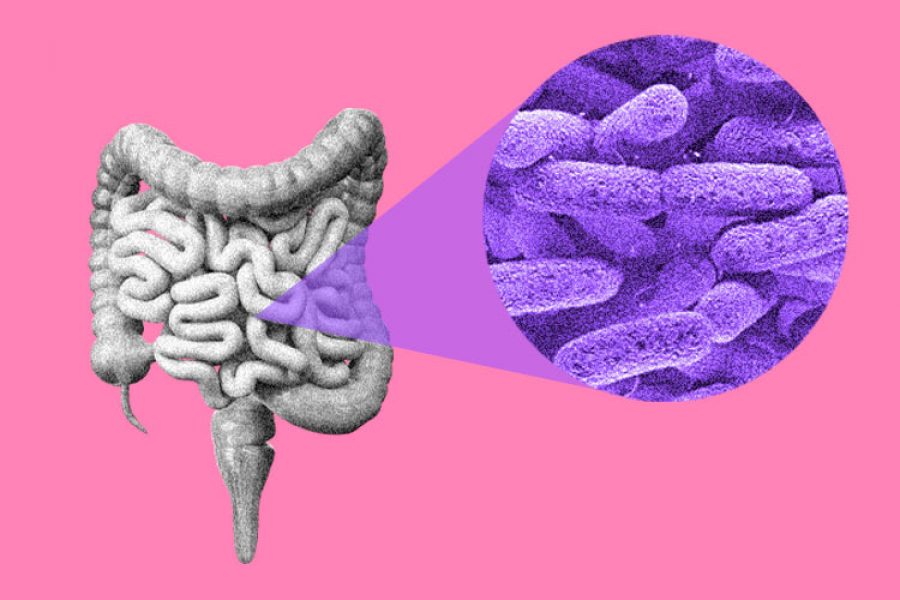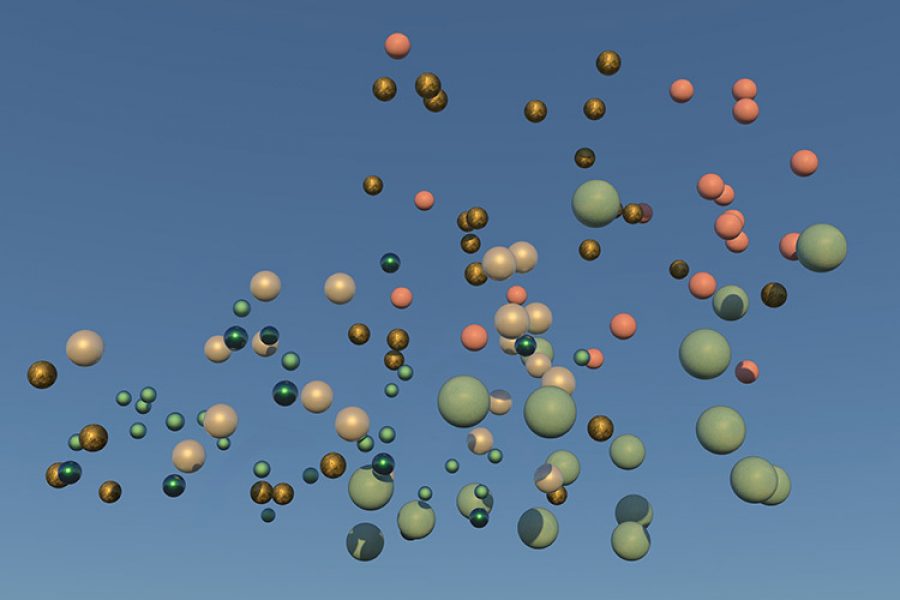Packaging design has become a crucial element in the purchasing process, as its visual appeal motivates consumers to engage with a product’s complete message [1].
Packaging is a vital communication tool from creation to consumption, significantly influencing a consumer’s willingness to buy [2].
But how does this packaging-consumer interaction unfold? Through various design features, consumers can make quick, convenient decisions with minimal effort [3,4,5].
What Makes Packaging Successful?
Current trends suggest that consumers seek to perceive, read, and process information as a cohesive message, where each design element plays a distinct role in influencing their choice, preference, and purchase [6,7].
To succeed, packaging must stand out on the shelf and grab attention through its design [8].
In this context, the attention and perception triggered by the design are pivotal to the packaging’s effectiveness in facilitating visual information processing during consumer decision-making [9-12].
The visual information on a package primarily consists of elements such as color, imagery, logos, and typography [4,13]. This raises the question: how can we measure the impact of this visual message? What information do consumers take away from these visual elements?
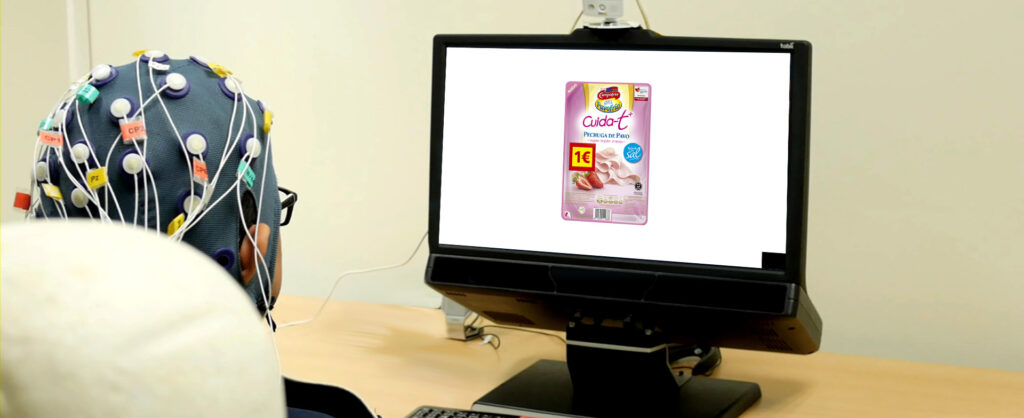
Cognitive Processes and Consumer Behavior
This research aims to answer key questions about consumption-related cognitive processes using a neuro technique that has gained prominence in the field.
The technique, Event-Related Potentials (ERPs), offers a non-invasive method of gathering data that reflects participants’ brain activity and psychological responses [14,15].
ERPs allow researchers to record electrical activity during specific events or experiences by capturing signals through electrodes placed on strategic areas of the brain. One notable aspect of this signal is the N400 window, characterized by changes around 400 milliseconds when the observed information is either “coherent/congruent” or “incoherent/incongruent” to the observer.
The nature of ERPs has proven valuable in studying perceptual and cognitive processes, particularly in product evaluations. Changes in the brain’s electrophysiological signals provide insights into how individuals process information [16].
Healthy Food Packaging
The study Using Event-Related Potentials to Evidence the Visual and Semantic Impact: A Pilot Study with N400 Effect and Food Packaging, published in June 2024, highlights the application of ERPs in analyzing healthy food packaging.
The study examined two types of packaging—ham and turkey breast from different brands—to understand how these packages communicate messages through visual elements. Researchers focused on the congruence or incongruence of the message evoked compared to descriptive adjectives.
To achieve this, ERPs were measured to evoke the N400 effect using 10 positive and 10 negative adjectives related to the packaging’s appearance and food. The results provided insights into how visual and semantic cues impact consumer perception.
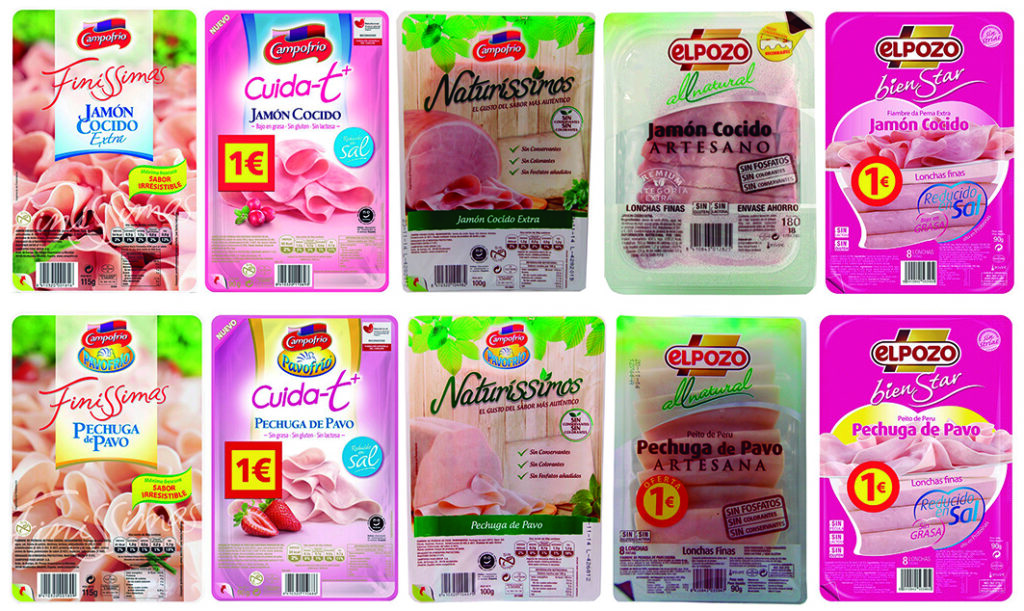
The application of this study resulted in several significant findings about how consumers process messages and the information they receive.
In this case, a more congruent message was found for the positive attributes of the cooked ham packaging. In contrast, a less congruent, even incongruent, message was associated with the turkey breast packaging.
These findings highlight several key points. First, ERP has the potential to provide an objective measure of message perception.
Second, exploring the interpretation and affinity for the products being observed is important. In this study, the cooked ham packaging received higher ratings.
Finally, the message received by participants was influenced by the visual elements they observed and their prior experiences, suggesting that significant biases must be considered.
References
- Shukla, P.; Singh, J.; Wang, W. The influence of creative packaging design on customer motivation to process and purchase decisions. J. Bus. Res. 2022, 147, 338–347.
- Gunaratne, N.M.; Fuentes, S.; Gunaratne, T.M.; Torrico, D.D.; Francis, C.; Ashman, H.; Gonzalez Viejo, C.; Dunshea, F.R. Effects of packaging design on sensory liking and willingness to purchase: A study using novel chocolate packaging. Heliyon 2019, 5, e01696.
- Brunner, T.A.; van der Horst, K.; Siegrist, M. Convenience food products. Drivers for consumption. Appetite 2010, 55, 498–506.
- Orth, U.R.; Malkewitz, K. Holistic Package Design and Consumer Brand Impressions. J. Mark. 2008, 72, 1547–7185.
- Wang, H.; Ab Gani, M.A.A.; Liu, C. Impact of Snack Food Packaging Design Characteristics on Consumer Purchase Decisions. Sage Open 2023, 13, 21582440231167109.
- Kuvykaite, R.; Dovaliene, A.; Navickiene, L. Impact of package elements on consumer’s purchase decision. Econ. Manag. 2009,14, 441–447.
- Silayoi, P.; Speece, M. Packaging and purchase decisions: An exploratory study on the impact of involvement level and time pressure. Br. Food J. 2004, 106, 607–628.
- Underwood, R.L.; Klein, N.M.; Burke, R.R. Packaging communication: Attentional effects of product imagery. J. Prod. Brand Manag. 2001, 10, 403–422.
- Krishna, A.; Cian, L.; Aydıno˘ glu, N.Z. Sensory Aspects of Package Design. J. Retail. 2017, 93, 43–54.
- Krishna, A.; Schwarz, N. Sensory marketing, embodiment, and grounded cognition: A review and introduction. J. Consum. Psychol. 2014, 24, 159–168.
- Ohman, A.; Flykt, A.; Esteves, F.; Institute, K. Emotion Drives Attention: Detecting the Snake in the Grass. J. Exp. Psychol. Gen. 2001, 130, 466–478.
- Varela, P.; Antúnez, L.; Silva Cadena, R.; Giménez, A.; Ares, G. Attentional capture and importance of package attributes for consumers’ perceived similarities and differences among products: A case study with breakfast cereal packages. Food Res. Int. 2014, 64, 701–710.
- Ares, G.; Deliza, R. Studying the influence of package shape and colour on consumer expectations of milk desserts using word association and conjoint analysis. Food Qual. Prefer. 2010, 21, 930–937.
- Luck, S.J. An Introduction to Event-Related Potentials and Their Neural Origins. In An Introduction to the Event-Related Potential Technique; MIT Press: Cambridge, MA, USA, 2014; pp. 1–50.
- Luck, S.J. Ten Simple Rules for Designing and Interpreting ERP Experiments; Handy, T.C., Ed.; MIT Press: Cambridge, MA, USA, 2005.
- Liu, J.; Mo, Z.; Fu, H.; Wei, W.; Song, L.; Luo, K. The Effect of Reviewers’ Self-Disclosure of Personal Review Record on Consumer Purchase Decisions: An ERPs Investigation. Front. Psychol. 2021, 11, 609538.
Author
Juan Carlos Rojas, Ph.D. in Design, Manufacturing, and Industrial Project Management, holds a Master’s in Industrial Design and Product Innovation. He is a professor at the School of Architecture, Art, and Design (EAAD) at Tecnológico de Monterrey and a researcher at the Institute for the Future of Education (IFE). His academic and research interests include leadership for innovation in product design, research in emotional and affective design through neurotechnologies and educational innovation in design.
